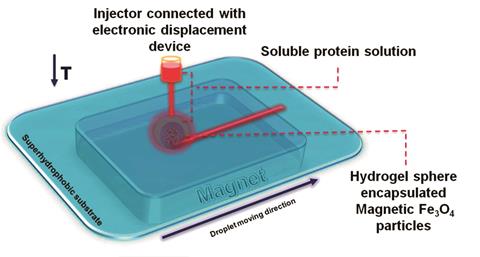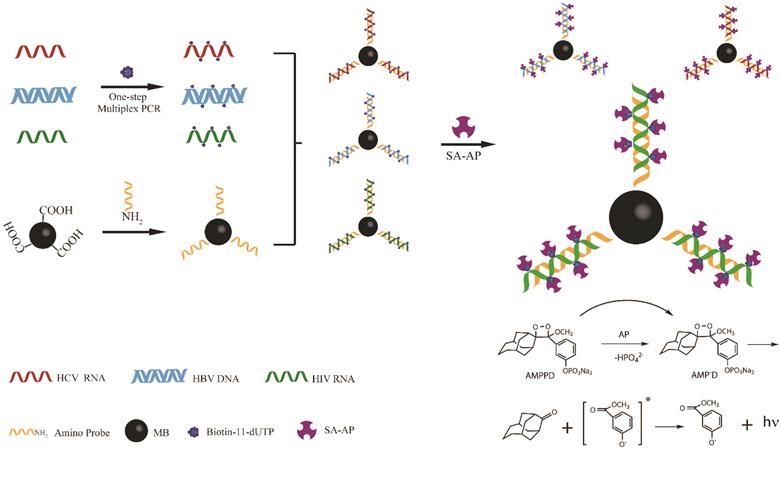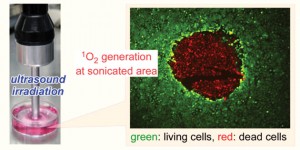 Phillip Messersmith, Biomaterials Science co-Editor-in-Chief, has been interviewed in Chemistry World about his work on biological adhesives to develop new biomaterials for the repair, replacement, or augmentation of human tissue.
Phillip Messersmith, Biomaterials Science co-Editor-in-Chief, has been interviewed in Chemistry World about his work on biological adhesives to develop new biomaterials for the repair, replacement, or augmentation of human tissue.
Here are some highlights from the interview:
…What are the main applications for your synthetic polymers, are they just biomedical?
Not exclusively, but the funding sources right now are primarily in health related areas. We have a lot of funding from the National Institutes of Health in the US and obviously their main interest at the end of the day is to contribute to basic understanding as well as the applications of new materials, new devices and new therapies. So we work through the government funding as well as some corporate and institutional funding towards applications. The application you mentioned before, fetal surgery, has been a great passion for me over the last few years. I only really became involved in this three–four years ago but it’s become really important to me.
It’s the kind of medical problem that has too small a market to interest big companies and so the surgeons work in this area and do wonderful things without having all the tools they would like. One example of a tool they need is for sealing ruptures in the fetal membrane that occur spontaneously or after an interventional procedure. The ruptures can lead to leakage of amniotic fluid and when that happens you have two major problems. First, is the risk of infection and second is the premature induction of labour. Either way you have a very serious medical problem for the mother and the fetus and there aren’t many ways to treat this apart from bed rest.
There’s a small community of fetal surgeons that have trained for many years to try and avoid these ruptures but if it happens there’s not a lot they can do. So we’re developing materials to try and seal the membranes after rupture. Here obviously the tissue is wet and there’s a large volume of high ionic strength fluid. This is not very different from the conditions encountered by mussels- thus providing a great argument for learning how mussels and other marine organisms can accomplish wet adhesion.
How easy is it to make these materials biocompatible?
That’s a great question and something we spend a lot of time thinking about. Biocompatibility is an all-encompassing word: but it’s all about context. All we can say is we try to develop systems based on biocompatible polymers and DOPA and then formulate them in a way that doesn’t induce a severe inflammatory response. But any synthetic material has some level of that response. There’s an interesting give and take between in vitro results and in vivo results. A positive in vitro result won’t necessarily translate to a positive in vivo result. One of the interesting things is that the opposite is also true. Sometimes in vivo cell toxicity assays give a borderline response but in vivo we see really good results. We choose the polymers and how we go about the functionalisation and purification very carefully and then we do in vitro and in vivo tests.
Going back slightly, what made you get into bioadhesion?
The guy I mentioned earlier, Herbert Waite. When I was a young faculty member I used to block off one full day a month and just go to the library and look at all the new journal issues that had come in. And I used to try and make a point of trying to read out of my comfort zone, in areas I really wasn’t trained in. And one of those times I encountered one of his papers which described these proteins, the mussel adhesive proteins. And I said, wow, this is really interesting. Then I started looking for more of his papers and it just struck me, as a materials scientist, as an interesting translation opportunity, which it’s turned out to be. To this day I often tell my students that story because I don’t think they really appreciate how important it is not just to read the literature, but to read the literature outside of what you happen to be looking for that day, that hour…
Read the full interview with Laura Howes here
Follow the latest journal news on Twitter @BioMaterSci or go to our Facebook page.
To keep up-to-date with all the latest research, sign-up to our RSS feed or Table of contents
















 Scientists in Australia are a step closer to printing living cells for tissue engineering with the development of a new bio-ink that allows the cells to stay alive until they are printed and not clog up the printer nozzle.
Scientists in Australia are a step closer to printing living cells for tissue engineering with the development of a new bio-ink that allows the cells to stay alive until they are printed and not clog up the printer nozzle.